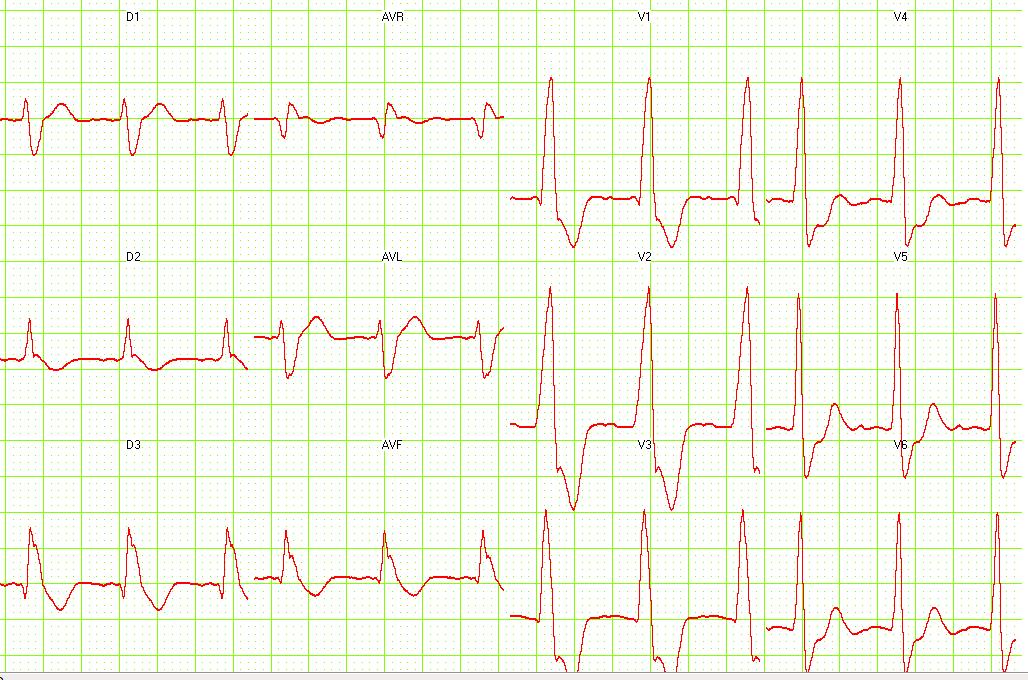WBR0999
| Author | [[PageAuthor::Mohamed Moubarak, M.D. [1]]] |
|---|---|
| Exam Type | ExamType::USMLE Step 3 |
| Main Category | MainCategory::Emergency Room |
| Sub Category | SubCategory::Cardiovascular |
| Prompt | [[Prompt::A 62 year-old man comes to ED complaining of acute shortness of breath, fatigue, and worsening exertional dyspnea. He hardly can talk, and mentioned waking up several times at night on sever cough with frothy sputum. He used to sleep on two pillows but now he is using three. The patient has past medical history of hypertension for 15 years, and diabetes mellitus for 20 years. On examination, his BP 90/70, pulse 120, respiratory rate 28, and temperature is 36.9 C (98.5F). Chest examination revealed decreased breath sounds and dullness at both bases with bibasilar rales. Cardiac examination revealed diffuse, laterally and inferiorly displaced apex, with distant heart sounds and S3 gallop. There is a jugular venous distention, with JVP of 12 cm, and oxygen saturation of 83%. Extremities are cool and show 2+ pitting edema in both legs up to the knees. After been admitted to the intensive care unit, and given oxygen, furosemide, nitrates, and morphine, he developed the following EKG changes shown below. Which of the following is the best next step in his management? |
| Answer A | AnswerA::Amiodarone |
| Answer A Explanation | [[AnswerAExp::Incorrect
Medical therapy, such as lidocaine, amiodarone, or procainamide, can be used for sustained ventricular tachycardia that is hemodynamically stable.]] |
| Answer B | AnswerB::Lidocaine |
| Answer B Explanation | [[AnswerBExp::Incorrect
Medical therapy, such as lidocaine, amiodarone, or procainamide, can be used for sustained ventricular tachycardia that is hemodynamically stable.]] |
| Answer C | AnswerC::Synchronized cardioversion |
| Answer C Explanation | [[AnswerCExp::Correct
The patients developed ventricular tachycardia with with acute pulmonary edema, and synchronized cardioversion should be used immediately]] |
| Answer D | AnswerD::Unsynchronized cardioversion |
| Answer D Explanation | [[AnswerDExp::Incorrect
Unsynchronized cardioversion is used for ventricular fibrillation or ventricular tachycardia without a pulse]] |
| Answer E | AnswerE::Procainamide |
| Answer E Explanation | [[AnswerEExp::Incorrect
Medical therapy, such as lidocaine, amiodarone, or procainamide, can be used for sustained ventricular tachycardia that is hemodynamically stable.]] |
| Right Answer | RightAnswer::C |
| Explanation | [[Explanation::The patients developed ventricular tachycardia with acute pulmonary edema, and synchronized cardioversion should be used immediately. Synchronized cardioversion should be used also when acute pulmonary edema is associated with the onset of atrial fibrillation, flutter, or supraventricular tachycardia. Unsynchronized cardioversion is used for ventricular fibrillation or ventricular tachycardia without a pulse.
Related to WBR0996 |
| Approved | Approved::No |
| Keyword | [[WBRKeyword::Pulmonary edema]], [[WBRKeyword::Ventricular tachycardia]] |
| Linked Question | Linked:: |
| Order in Linked Questions | LinkedOrder:: |
